Just before the release of the Xbox ROG Ally, comparisons with the ASUS ROG Ally are becoming more frequent. We’ll tell you which handheld is worth it for you and what the technical differences are.
The gaming handheld landscape has steadily evolved in recent years, and two devices are currently in the spotlight: the ASUS ROG Ally and the upcoming Xbox ROG Ally X. Both handhelds promise high-quality PC gaming experiences on the go but differ in key details. In this in-depth comparison, you’ll learn everything you need to know about these two gaming powerhouses.
- Note: In our detailed Xbox ROG Ally X article, you’ll find even more information about pre-orders, versions, and more. In this article, we compared both the Asus ROG Ally and the Extreme variant with the Xbox ROG Ally.
The Basics: What Makes These Handhelds Special?
Before diving into the technical details, it’s important to understand what these devices are about. Both handhelds run on Windows 11, giving you access to the entire PC gaming library. They’re not just consoles but almost full-fledged PCs in handheld form.
The ASUS ROG Ally Z1 Extreme established itself after its 2023 launch as one of the first serious competitors to the Steam Deck. The Xbox ROG Ally X, on the other hand, represents a collaboration between Microsoft and ASUS and is set to release in mid-October.
Technical Specifications in Detail
Display and Image Quality
Both devices feature an identical 7-inch touchscreen display with Full HD resolution (1920×1080 pixels). The refresh rate is 120 Hz on both, ensuring smooth gameplay. At 500 nits brightness, both displays remain readable even in daylight.
The ASUS ROG Ally uses Corning® Gorilla® Glass DXC coating, which reduces surface reflections, improves screen protection, and offers full sRGB color gamut coverage. The contrast ratio is around 1,300:1 with a response time of 7 ms. FreeSync Premium ensures tear-free visuals.

The Xbox ROG Ally X uses a similar panel with Corning Gorilla Glass Victus. Both displays deliver excellent color reproduction and sharp details, making high-quality PC gaming possible.
Processor and Graphics Performance
This is where the first differences appear. The ASUS ROG Ally X is equipped with the AMD Ryzen Z1 Extreme. The integrated RDNA 3 graphics has 8 cores and 16 threads (Zen 4 architecture), delivering solid gaming performance for most modern titles.

The Xbox ROG Ally X, however, uses the brand-new AMD Ryzen AI Z2 Extreme processor. The integrated RDNA 3.5 graphics has 16 compute units – a slight increase over the ROG Ally.
The TDP (Thermal Design Power) of the Xbox ROG Ally X ranges from 15–35W, while the ROG Ally runs at 9–30W. The Xbox model’s TDP range can potentially deliver better performance but may impact battery life more.
- In terms of processor, the Xbox ROG Ally X has a slight edge – the slightly higher TDP range can bring advantages and smoother gameplay.
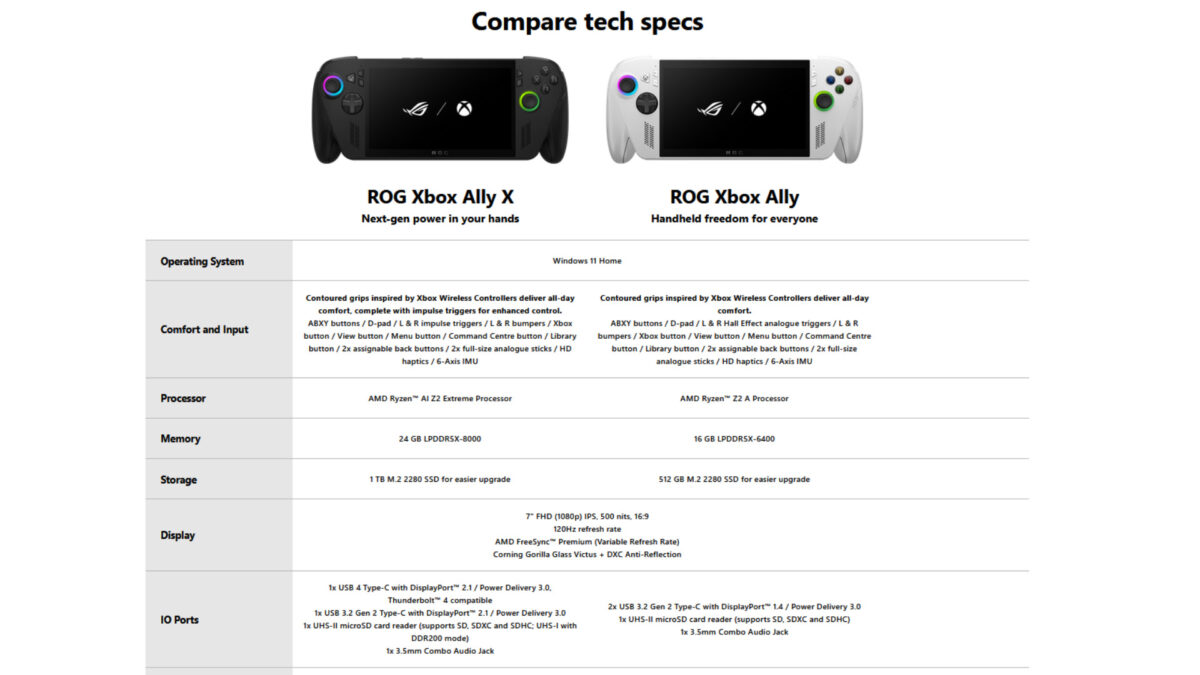
Memory and Storage
According to the official manufacturer’s website, the ASUS ROG Ally comes with 16 GB, or in the Extreme version 24 GB LPDDR5 RAM, which is sufficient for most gaming applications. Internal storage is either 512 GB or 1 TB SSD in the larger version.
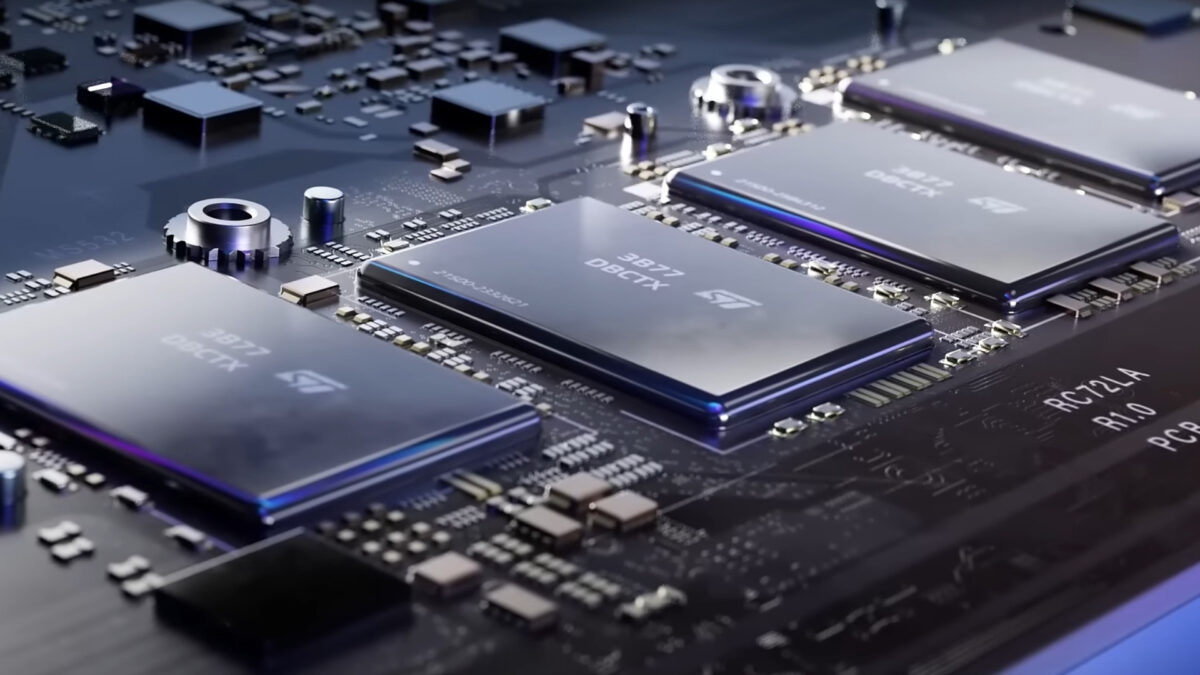
The Xbox ROG Ally X offers similar memory: 24 GB LPDDR5X-8000 RAM provides powerful multitasking capabilities and can make a noticeable difference in memory-intensive games. Internal storage is 1 TB on an M.2 2280 SSD.
- When it comes to RAM, the two X models are quite comparable.
Ports and Connectivity
The ASUS ROG Ally offers one USB-C port in the base version, two in the Extreme version, a ROG XG Mobile interface for external GPUs, a UHS-II MicroSD slot, and a 3.5 mm headphone jack.
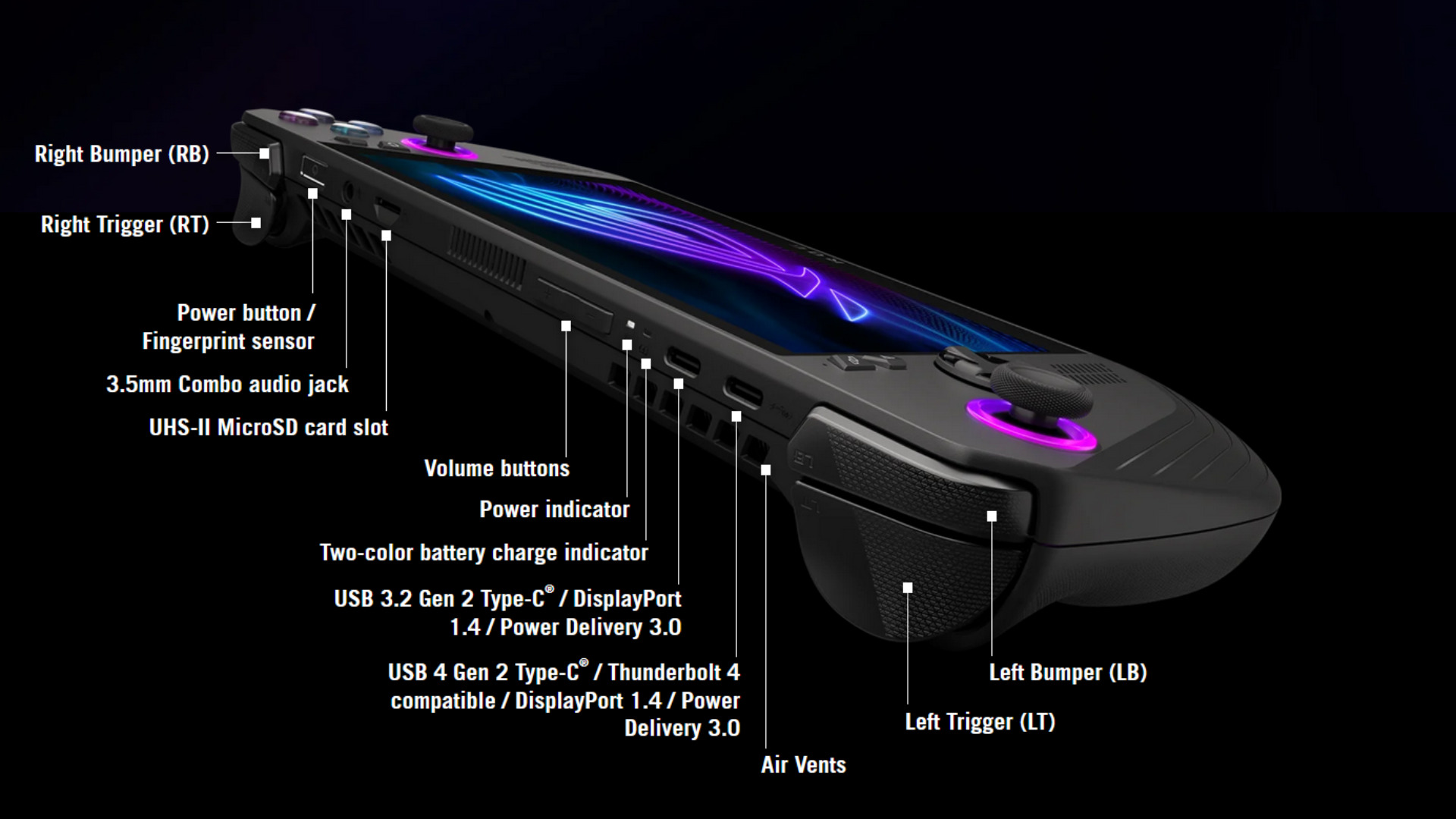
The Xbox ROG Ally X comes with a similar setup: one USB4 Type-C port, an additional USB-C 3.2 Gen2 port, a UHS-II MicroSD card slot, and a 3.5 mm audio jack, offering more flexibility for peripherals and expansions.
Design and Ergonomics
Exterior Appearance
The ASUS ROG Ally comes in a white chassis with black controls in the smaller version and a black chassis in the larger version. The textured surface ensures a secure grip, while RGB lighting on the analog sticks creates a gaming atmosphere. Dimensions are 280 × 111 × 36.9 mm at a weight of 678 grams.
The Xbox ROG Ally X differs visually with its more pronounced, contoured grips, closely resembling Xbox controllers. The device is slightly larger at 290.8 × 121.5 × 50.7 mm and heavier at 715 grams. The Xbox lettering and Fearless Eye logo highlight the collaboration with Microsoft.
- Design and ergonomics come down to personal preference. The Xbox ROG Ally is slightly heavier, which not everyone likes. However, the more pronounced grips promise easier handling.
Feel and Ease of Use
Ergonomics is a key factor in gaming handhelds, as longer sessions can quickly become uncomfortable. The ASUS ROG Ally already offers good ergonomics with its textured structure designed for long gaming sessions.
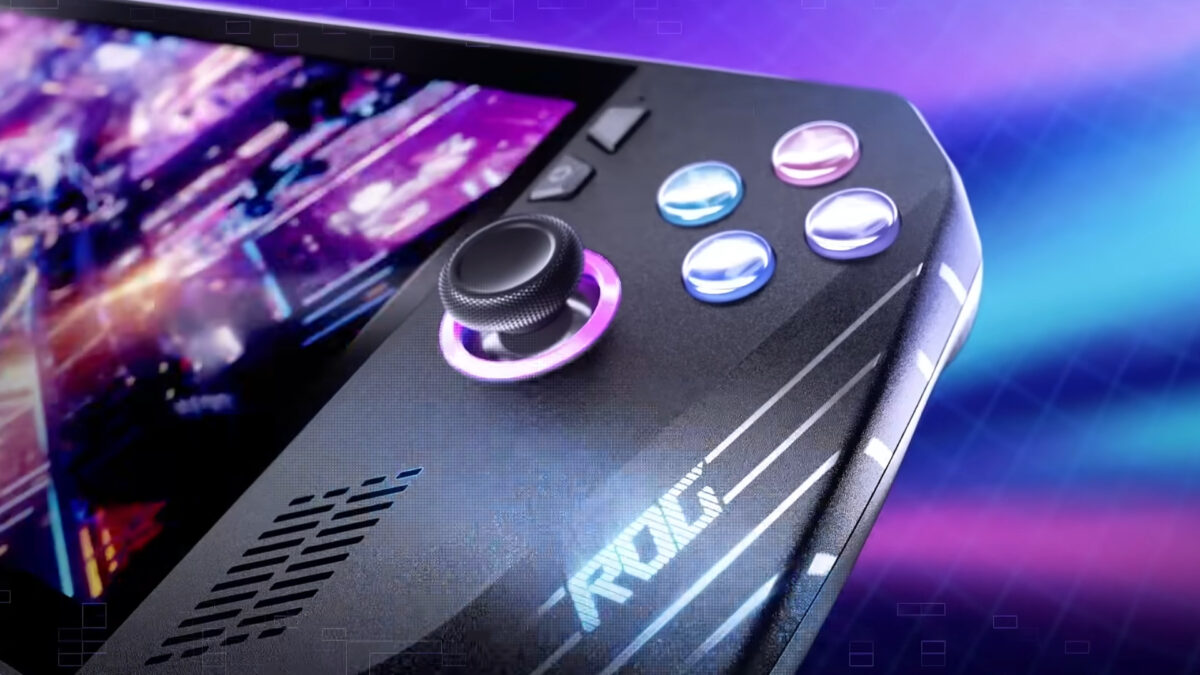
The Xbox ROG Ally X goes one step further: the deeper contoured and textured grips are based on the proven Xbox controller design and aim to provide even better hold. The impulse triggers with built-in rumble motors offer haptic feedback directly in the triggers – a feature the ROG Ally lacks.
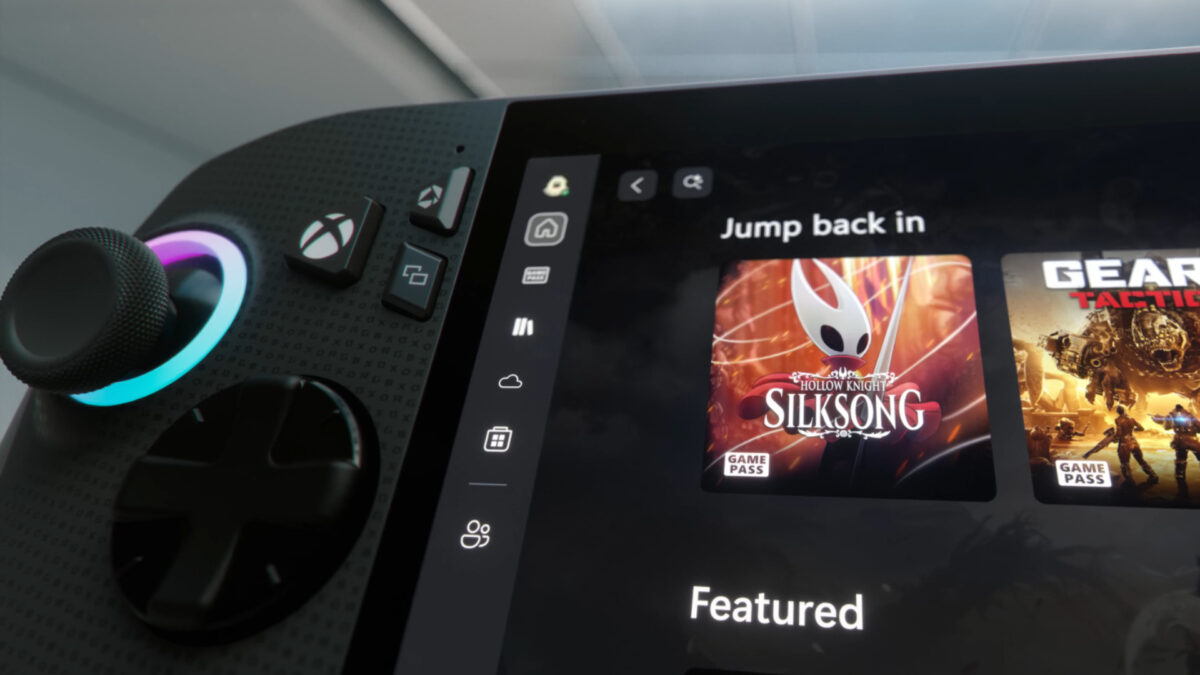
Both devices feature durable rear buttons and ABXY buttons designed to withstand millions of presses. RGB lighting on the thumbsticks is present on both models.
- Both devices use textured structures to make gaming easier. While the Asus ROG Ally skips pronounced grips, Microsoft relies on the typical controller design.
Battery Life and Power Management
Battery life is traditionally a weak point in gaming handhelds. The ASUS ROG Ally features a 40 Wh battery (or 80 Wh Li-Ion battery in the ROG Ally X), lasting up to four hours depending on game and settings.
The Xbox ROG Ally X also comes with an 80 Wh battery. Additionally, Microsoft promises the Xbox Full-Screen Experience reduces idle power consumption by one-third. This software minimizes Windows background processes and is intended to extend battery life.
- The higher weight of the Xbox ROG Ally is partly due to the larger battery compared to the Asus base version.
Software and User Interface
Operating System and Compatibility
Both devices run Windows 11 Home, giving you access to Steam, Epic Games Store, Xbox Game Pass, Battle.net, and all other PC gaming platforms. This versatility is a major advantage over closed systems.
Manufacturer-Specific Software
The ASUS ROG Ally uses Armoury Crate software, which allows game launches, system settings, and performance tuning. The software is functional but sometimes a bit sluggish and occasionally requires switching to AMD software for advanced settings.
The Xbox ROG Ally X introduces the Xbox Full-Screen Experience, which optimizes the Windows experience for handhelds. This software can reduce or disable Windows background processes, improving performance and extending battery life. The dedicated Xbox button provides quick access to an optimized Game Bar with chat functions and system settings.
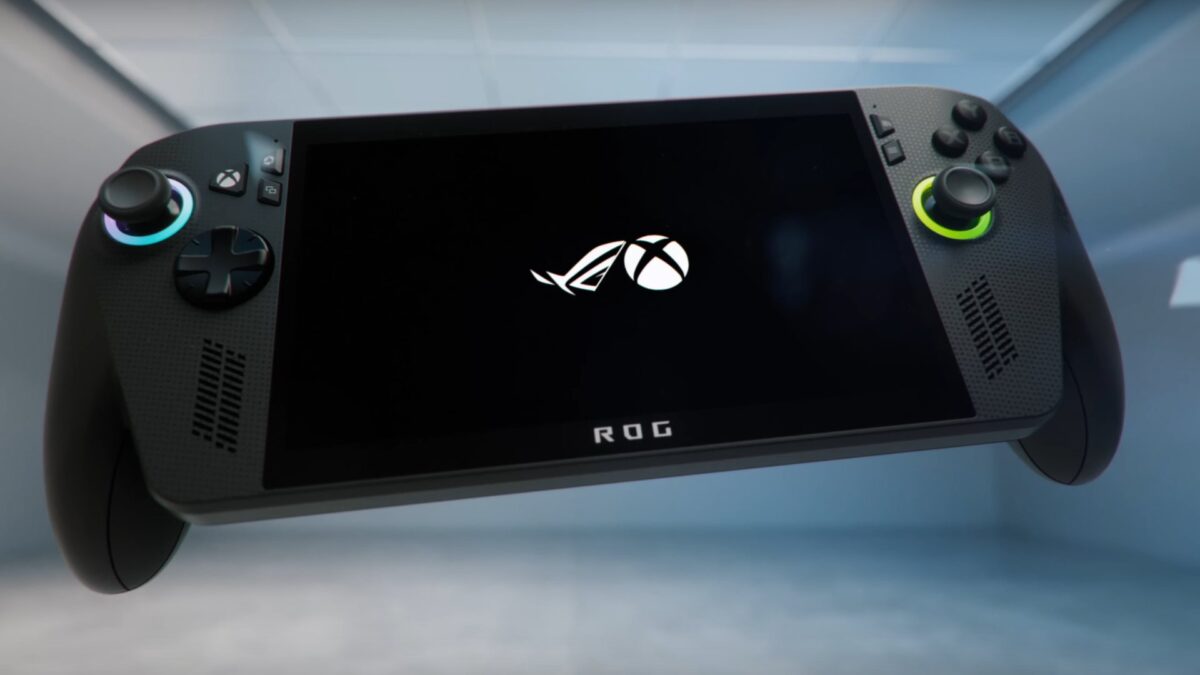
Microsoft is also working on a gamepad layout for Windows that will simplify navigation using controller buttons – a feature that will benefit both devices.
Performance in Everyday Gaming
Gaming Performance
The ASUS ROG Ally can run most modern games smoothly in 1080p at medium to high settings. In demanding titles like Elden Ring: Shadow of the Erdtree, it reaches 27–35 FPS at maximum settings.
The Xbox ROG Ally X promises 10–15 percent better performance thanks to the more powerful Z2 Extreme processor and improved RDNA 3.5 graphics. The additional GPU compute units (16 instead of 8–12) should deliver noticeable improvements, especially in graphically intensive games.
Comparison Table of Key Specifications
| Feature | ASUS ROG Ally | Xbox ROG Ally X |
|---|---|---|
| Processor | AMD Ryzen Z1 Extreme (Zen 4) | AMD Ryzen AI Z2 Extreme |
| GPU | RDNA 3, 12 CU | RDNA 3.5, 16 CU |
| TDP | 9–30W | 15–35W |
| RAM | 16 GB / 24 GB LPDDR5 (Extreme) | 24 GB LPDDR5X-8000 |
| Storage | 512 GB / 1 TB M.2 2230 SSD (Extreme) | 1 TB M.2 2280 SSD |
| Display | 7″ IPS, 1080p, 120Hz | 7″ IPS, 1080p, 120Hz, VRR |
| Battery | 40 Wh / 80 Wh (Extreme) | 80 Wh |
| Weight | 608g / 678g (Extreme) | 715g |
| USB Ports | 1x USB-C / 2x USB-C (Extreme) | 1x USB4, 1x USB-C |
| Price | approx. €650 | Rumors: €800–1,000 |
| Availability | Available now | October |
Pricing and Availability
The ASUS ROG Ally is already available and costs around €650 in the Z1 Extreme version. Occasionally, discount promotions lower the price further.
The Xbox ROG Ally X does not yet have an official price. Rumors suggest around €800, which seems realistic given the improved hardware and features.
Accessories and Expandability
Storage Expansion
Both devices support MicroSD cards for additional storage. The Xbox ROG Ally X has an advantage here with the M.2 2280 SSD format, which offers a wider range of upgrade options compared to the ROG Ally’s 2230 format.
Docking and External Gaming
The ROG Ally features a proprietary ROG XG Mobile interface for external GPUs, while the Xbox ROG Ally X uses the standardized USB4 port, offering more flexibility.
Which Device is Right for You?
ASUS ROG Ally: The Proven Choice
The ROG Ally is ideal for you if you:
- Need a gaming handheld right away
- Want a proven system with established support
- Prefer to buy cost-effectively
- Are fine with 24 GB RAM and 1 TB storage
- Occasionally want to use external GPUs
Xbox ROG Ally X: The Future of Handheld Gaming
The Xbox ROG Ally X is the better choice if you:
- Want the latest technology
- Value better ergonomics and longer battery life
- Want to use Xbox integration
- Are willing to wait for the release
- Have a higher budget
Our Recommendation
If you need a gaming handheld immediately and want a proven system, the ASUS ROG Ally is an excellent choice. It offers solid performance, good build quality, and an established ecosystem at a fair price.
If you can wait until mid-October and want the best of the best, then the Xbox ROG Ally X is the logical choice. The improved hardware, better ergonomics, and optimized software will likely justify the higher price. However, Xbox has not reinvented the handheld, instead building on familiar technology.
Both devices are justified choices, and the decision ultimately depends on your individual needs, budget, and patience.
The links marked with an asterisk (*) in this article are affiliate links. If you purchase through one of these links, we receive a commission. The product price does not change for you.
No related articles found.









